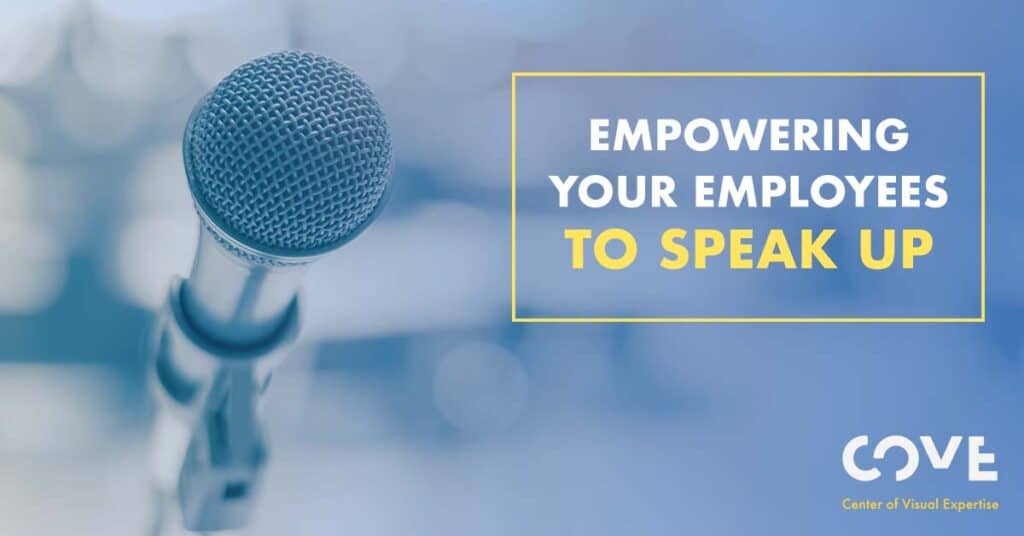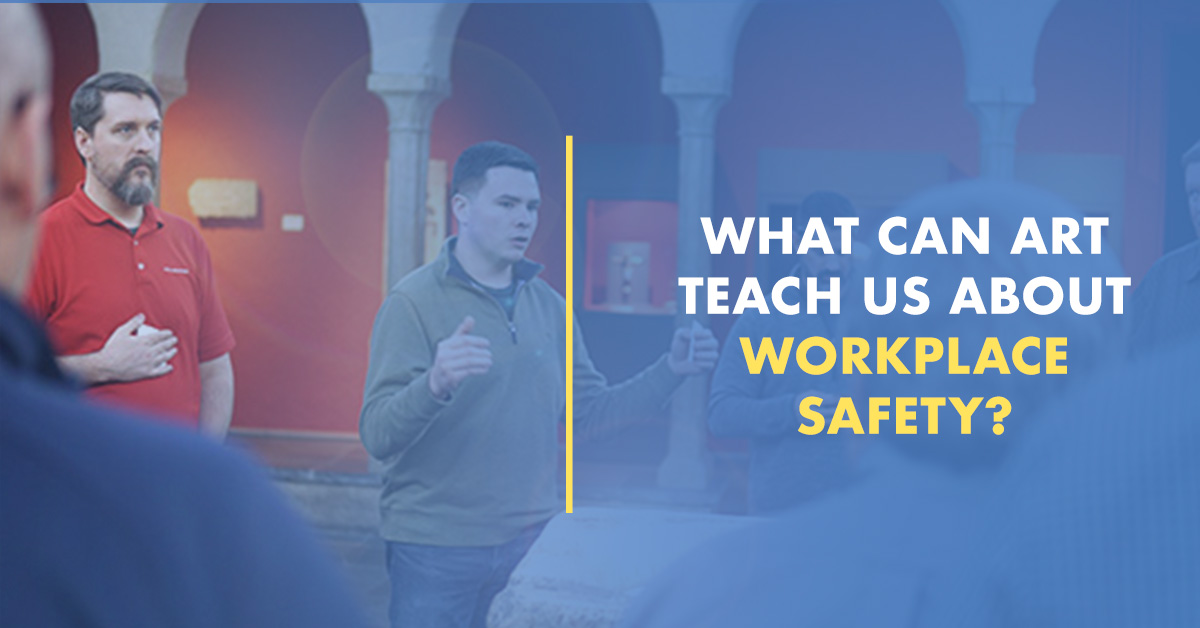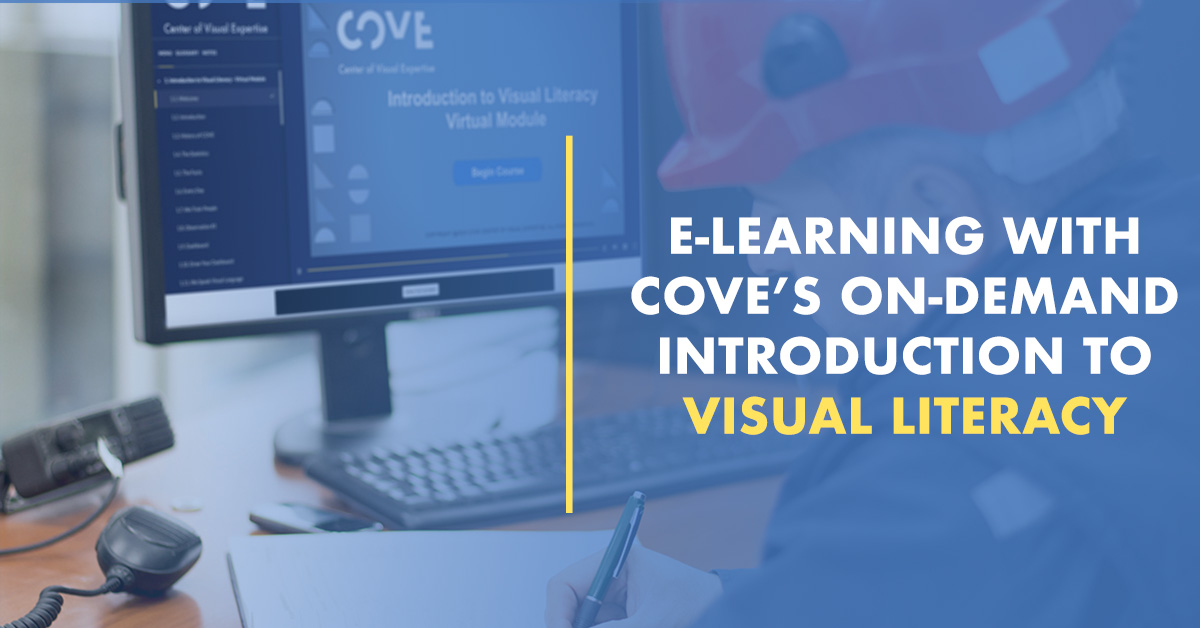There is a myriad of reasons why employees will speak up about a hazard, a near-miss, or where they see the next incident occurring – and why. There are also reasons employees will not take the initiative, not voice a concern about something they might see, hear or have a “feeling” about.
The culture of a company comes into play. Leadership is critical. Attitudes and perceptions matter. The difference can be in the training employees receive. Does it build skills, or check off boxes? What is its scope and objective?
Compliance training, for example, directs employees’ attention to a specific regulation. The focus is narrow. Confined spaces. Respiratory protection. Lockout-tagout. It doesn’t empower employees to take the initiative more broadly. That’s not the intent. The goal is to comply with regulatory requirements.
Many training programs have defined objectives. Beyond mandatory compliance courses, employees may be trained in how to use and maintain personal protective equipment, or in first aid, emergency response, work at heights, lone work safety, vehicle safety and preventing workplace violence. All are worthwhile, preventing injuries and saving lives, and have their place in safety and health programs. But many courses have a fixed scope, a specific subject. They don’t necessarily have the effect of raising safety awareness in a broader context.
Employees see safety with a larger lens and act on what they see if training improves their visual acuity, their ability to assess risk and communicate clearly and concisely and builds decision-making and problem-solving skills. Employees are more likely to speak up with confidence if they know they can competently describe what they see; understand the meaning of what they observe — the potential for risk; and if they know how to communicate concerns. Trust, honesty and having the skills to identify and solve problems are also necessary for employees to feel empowered to speak up. Training that uses exercises to sharpen the eye, build relationships and offers opportunities for input and feedback can develop confidence and empowerment.
A starting point
If you want good results, carefully consider how you roll out training, says Rob Mathis, director global environmental, health and safety (recently retired) for American Axle & Manufacturing, Inc., Detroit, Mich. If employees see a training program as one more thing to do, they “shut down fast,” he says. When American Axle launched a hazard recognition training program, employees were already doing observations, audits and job safety analyses (JSA). “People got the feeling we were freshening up things that we were already doing, evolving and enhancing skills,” Mathis says.
A self-described “people-first” professional, Rob wanted his employees to be turned on by the training. He looked for something innovative, fun, activity-based and engaging. Visual literacy training conducted by the Center of Visual Expertise (COVE) met his criteria. “Visual literacy is not formulaic or mechanistic training,” he explains. “It is people-centered. I’ve always been interested in why people do what they do. Visual literacy helps you recognize your biases, your blind spots, and it opens the door to more awareness.”
COVE’s visual literacy training is based on The Art of Seeing Art™, developed by the Toledo Museum of Art. There is an art to slowing down, taking a closer, thoughtful look at the details, and gaining an understanding of the imagery that might have been missed at first glance.
COVE’s visual literacy training is based on The Art of Seeing Art™, developed by the Toledo Museum of Art. There is an art to slowing down, taking a closer, thoughtful look at the details, and gaining an understanding of the imagery that might have been missed at first glance.
Visual literacy takes The Art of Seeing Art’s™ six steps – look, observe, see, describe, analyze and interpret – and applies the process to safety-specific skills: hazard recognition, description of hazards, hazard analysis, hazard communication and problem-solving. Employees learn to slow down to look, observe, and see with more acuity. They learn to describe what they see, analyze and interpret its meaning, and communicate what actions need to be taken.
This is empowering. “Visual literacy is a good way to give people an ‘aha’ moment,” says Mathis.
“There wasn’t one person involved with the visual literacy training who didn’t have that ‘aha’ moment. They realized how easy it is to miss hazards they walk by every day. And they understood how seeing more safely has wide applications – on the job with audits, hazard hunts or job safety analyses, and at home and while driving. You don’t stop seeing things, potential risks, once you have better awareness.”
Rob’s employees appreciated the company investing in training that “puts people first,” as he describes. And they appreciated the immediate benefits. “We measured the number of hazards that were found doing observations, JSAs, audits, and there was remarkable improvement. The results have been maintained and awareness continues to grow after two or three years now. Visual literacy has given us a new language to use to identify, interpret and communicate information about hazards. The competencies they learned gives my employees the permission to speak up,” says Mathis.
This culture-changing impact come from visual literacy’s broad emphasis on Seeing The Whole Picture©. Critical thinking is emphasized to put into context and comprehend hazards. Skills involved include being attuned to your surroundings; maintaining focus; making repeated observations to discover something new; deconstructing a work situation to analyze smaller parts or images; stating or verbalizing your analysis and finding your own voice to communicate — being authentic and genuine and saying what you mean in as few words as possible.
Visual literacy also reveals and explains cognitive biases — barriers to effective observation and communication. Some of the more common biases that get in the way of Seeing The Whole Picture© are: relying too heavily on the initial information gathered (anchoring bias); evaluating information based on the person presenting it (champion bias); putting the need to consensus and agreement before evaluating the facts (group think); and reaching conclusions based on prior experiences rather than appraising current information (representative bias).
Employing critical thinking and taking biases out of analysis and communication gives employees a more structured way to speak about hazards – a common language — and the confidence that what they say will be understood. They feel everyone is on the same page, with permission to speak up.
And there is an essential prerequisite: “If you do empower people to speak up, leadership must be on board to respond and address those concerns,” says Mathis. “Or people won’t keep speaking up.”
To learn more about how you can integrate these tools into your daily life, we invite you to register for one of our Foundations of Visual Literacy workshops. Check out our upcoming dates!




